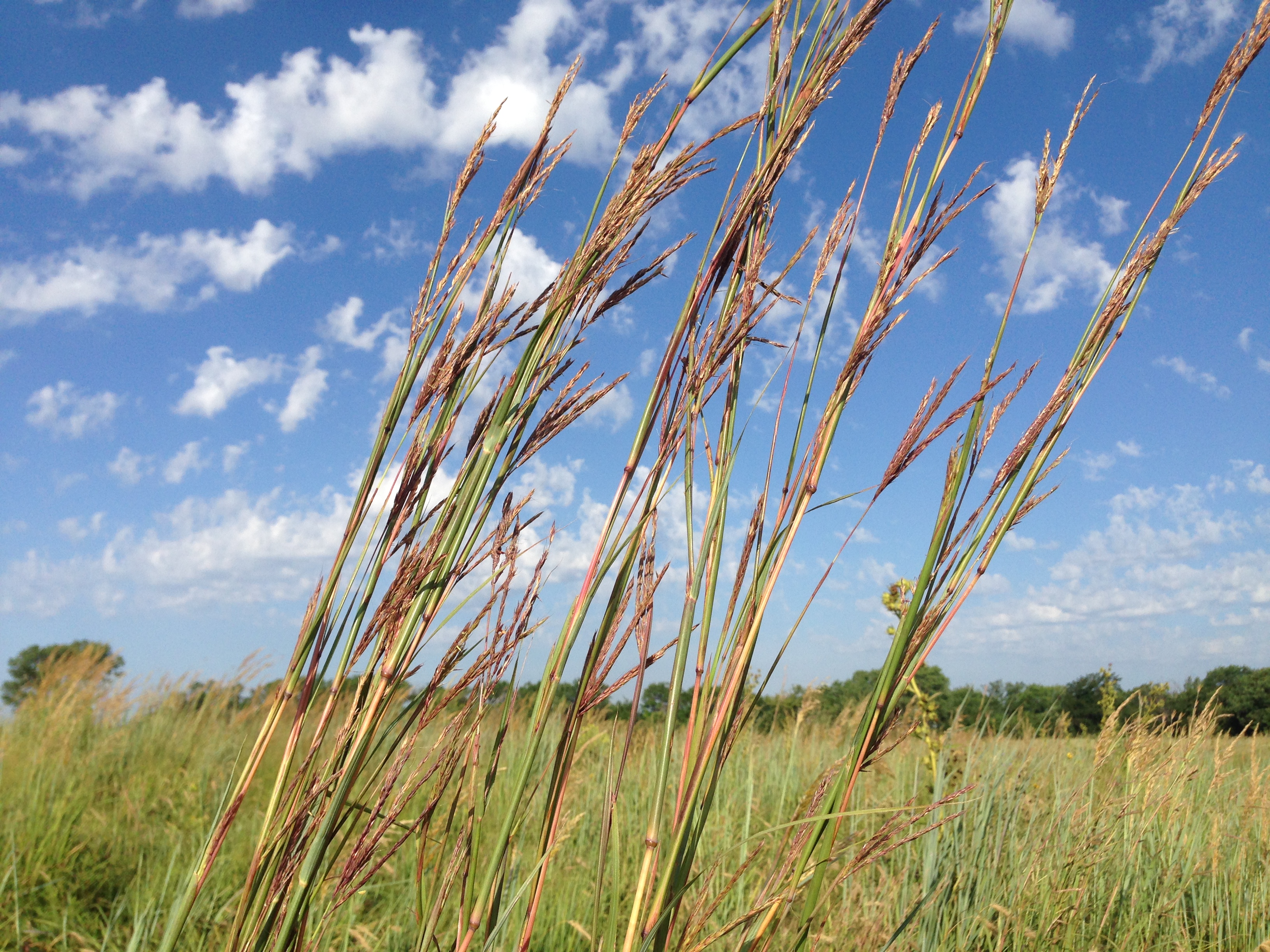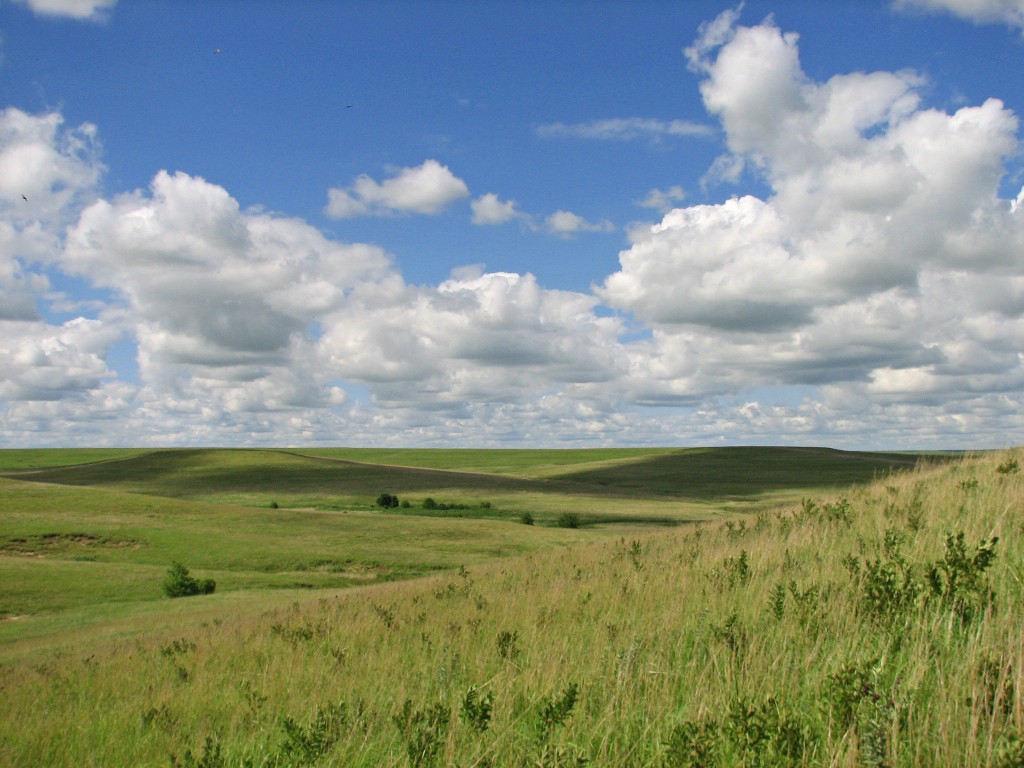
The prairie is central to our environmental education in Kansas (Tallgrass Prairie National Preserve near Strong City, KS).
It is Earth Partnership for Schools (EPS) summer institute time again at Dyck Arboretum of the Plains. For the 10th year in a row, we are hosting teachers from around South Central Kansas for a week to learn about, plan, practice, and celebrate the environmental education process of teaching students about natural and cultural history of the native Kansas prairie. This year’s EPS summer institute with its 33 teachers (our largest group ever), 482 years of collective teaching experience, and ample enthusiasm for providing prairie project-based, hands-on education for their students provides the perfect setting to be thinking about environmental education in Kansas.
I have taken a bit of time to inventory, categorize, and provide a brief description of the vast array of environmental education resources in Kansas. It turns out to be a pretty rich heritage indeed.
State-Sponsored

Our state-funded conservation entity Kansas Department of Wildlife, Parks, and Tourism has a focus on just those things. They promote hunting, fishing, and camping opportunities throughout the state and connecting people with outdoors Kansas. Their long-running Outdoor Wildlife Laboratory Sites (OWLS) Program is a great promoter of establishing native wildlife habitat on school grounds.
Museums and Zoos
Exploration Place – This was a favorite end-of-summer destination for my boys when they were younger. They were first attracted to th e blocks, climbing/play areas, and model train set, but eventually became hooked on the hands-on exhibits featuring wind currents, stream morphology, weather, and geology. The most memorable visit was when retrieving an errant mini golf shot led to three hours of getting wet and sandy in the Arkansas River under the watchful eye of the Keeper of the Plains.
e blocks, climbing/play areas, and model train set, but eventually became hooked on the hands-on exhibits featuring wind currents, stream morphology, weather, and geology. The most memorable visit was when retrieving an errant mini golf shot led to three hours of getting wet and sandy in the Arkansas River under the watchful eye of the Keeper of the Plains.
Flint Hills Discovery Center – One of the newer facilities in Kansas that not only wonderfully interprets the natural and c ultural history of the Kansas Flint Hills Prairie, but it is also an architectural and landscaping gem.
ultural history of the Kansas Flint Hills Prairie, but it is also an architectural and landscaping gem.
Kauffman Mus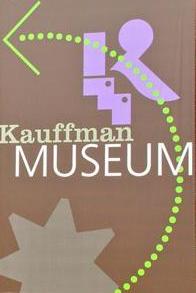 eum – A Museum of Mennonite Immigration and History in Kansas. They interpret the natural Kansas setting encountered in the 1870s, have a collection of wildlife in taxidermy, and the surrounding outdoor landscape features one of the oldest reconstructed prairies in Kansas. A good destination for school field trips and summer educational programming for youth.
eum – A Museum of Mennonite Immigration and History in Kansas. They interpret the natural Kansas setting encountered in the 1870s, have a collection of wildlife in taxidermy, and the surrounding outdoor landscape features one of the oldest reconstructed prairies in Kansas. A good destination for school field trips and summer educational programming for youth.
The University of Kansas Natural History Museum & Biodiversity Research Center – For more than 140 years, scientists and students have collected and studied li fe on Earth. The museum has more than 8 million specimens of plants and animals, including prehistoric and living species gathered from every continent and ocean.
fe on Earth. The museum has more than 8 million specimens of plants and animals, including prehistoric and living species gathered from every continent and ocean.
Sternberg Museum of Natural History – Museum fea tures include a replicated fossil dig site & a discovery room with hands-on activities. While I have not been there, I understand it features a great collection of marine and flying reptiles and fish fossils from the Cretaceous Era.
tures include a replicated fossil dig site & a discovery room with hands-on activities. While I have not been there, I understand it features a great collection of marine and flying reptiles and fish fossils from the Cretaceous Era.
Sedgwick County Zoo – Accredited wildlife park and major attraction in Wichita that has become recognized both nationally and internati onally for its support of conservation programs and successful breeding of rare and endangered species. Having over 2,500 animals of nearly 500 different species, this zoo ranks as the number one outdoor tourist attraction in Kansas. They also do a nice job of interpreting the native fauna of Kansas.
onally for its support of conservation programs and successful breeding of rare and endangered species. Having over 2,500 animals of nearly 500 different species, this zoo ranks as the number one outdoor tourist attraction in Kansas. They also do a nice job of interpreting the native fauna of Kansas.
Sunset Zoo – City zoo of  Manhattan is home to over 300 animals representing more than 100
Manhattan is home to over 300 animals representing more than 100 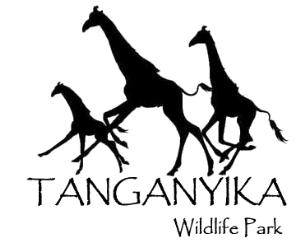 species.
species.
Tanganyika Wildlife Park – Family-friendly destination in Goddard where parkgoers have up-close, hands-on interaction with the animals.
Environmental Education /Nature Centers/Botanical Gardens/Arboreta
Kansas Association for Conservation and Environmental Educatio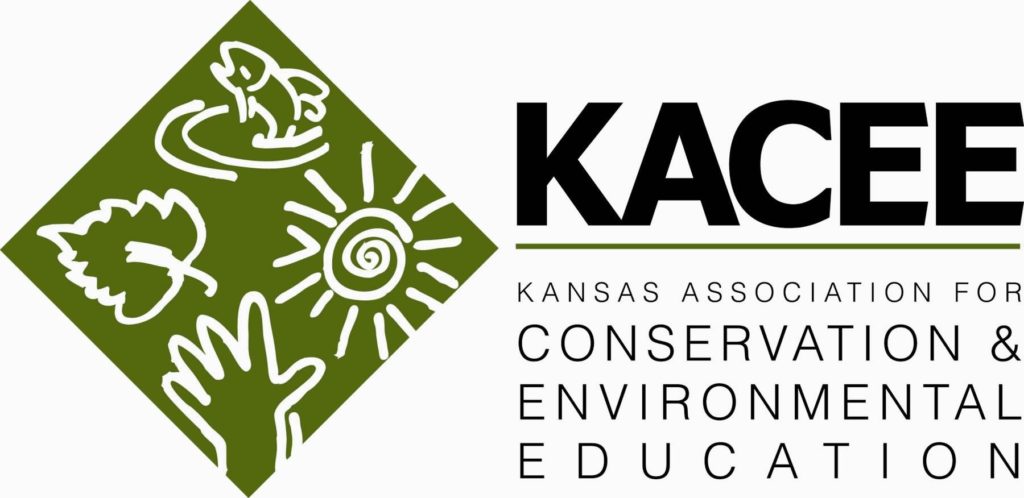 n (KACEE) – A statewide non-profit association of many public and private agencies, organizations, businesses and individuals promoting and providing quality, non-biased and science-based environmental education in Kansas for 45 years.
n (KACEE) – A statewide non-profit association of many public and private agencies, organizations, businesses and individuals promoting and providing quality, non-biased and science-based environmental education in Kansas for 45 years.
Chaplin Nature Center – A 230-acre nature preserve  with four miles of hiking trails and environmental education for all ages along the Arkansas River near Arkansas City.
with four miles of hiking trails and environmental education for all ages along the Arkansas River near Arkansas City.
Dillon Nature Center – 100-acre park/arboretum with a pond opened in Hutchinson in 1994. The visitor center includes a nature display gallery with dioramas, interactive exhibits and live reptiles, amphibians and fish.
in 1994. The visitor center includes a nature display gallery with dioramas, interactive exhibits and live reptiles, amphibians and fish.
Great Plains Nature Center – Experience 240-acre Chisholm Creek Park via 2 miles of accessible trails through w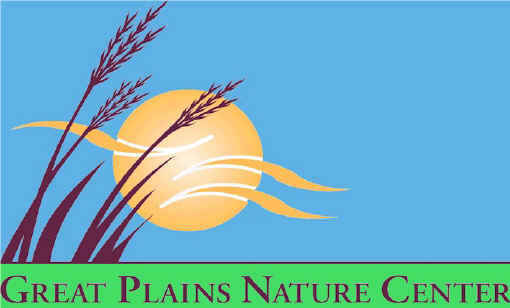 etlands, prairie, and riparian habitats. The visitor center has dioramas that feature Great Plains ecosystems including their plants and wildlife.
etlands, prairie, and riparian habitats. The visitor center has dioramas that feature Great Plains ecosystems including their plants and wildlife.
Konza Environmental Education Pr ogram – 8,600 acres of rolling hills marked with flint and limestone dominate the landscapes around Manhattan KS. The Kansas State University Biology Department conducts prairie research here and The Nature Conservancy owns the land. Trained docents will lead your group in an activity that highlights the biology, geology, ecology, and history of the tallgrass prairie.
ogram – 8,600 acres of rolling hills marked with flint and limestone dominate the landscapes around Manhattan KS. The Kansas State University Biology Department conducts prairie research here and The Nature Conservancy owns the land. Trained docents will lead your group in an activity that highlights the biology, geology, ecology, and history of the tallgrass prairie.
Botanica – The Gardens are decorated with a collection of  20 elegant sculptures, flowing streams, fountains and waterfalls that complement the beauty of plants and that create a visually stunning atmosphere. Facility rentals as well as educational, artistic, and cultural experiences are plentiful.
20 elegant sculptures, flowing streams, fountains and waterfalls that complement the beauty of plants and that create a visually stunning atmosphere. Facility rentals as well as educational, artistic, and cultural experiences are plentiful.
Bartlett Arboretum – This 105 year-old botanical gem features state champio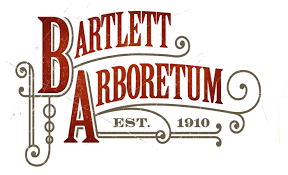 n trees, picturesque views of waterways, bridge and pergola architecture, a quaint location for an outdoor wedding, art classes, a tulip festival and an outdoor concert series.
n trees, picturesque views of waterways, bridge and pergola architecture, a quaint location for an outdoor wedding, art classes, a tulip festival and an outdoor concert series.
Dyck Arboretum of the Plains – 28 acres established in 1981 in Hesston featuring hundreds of species of native and adaptable wildflowers, grasses, shrubs and trees. Whether planted with 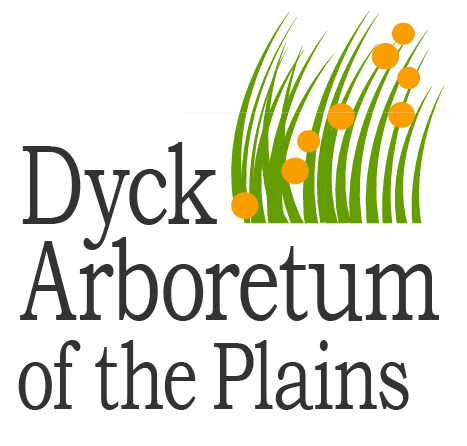 horticultural intention or as prairie-based ecosystems, Kansas native plants are promoted here in ways pleasing to both people and pollinators. Pay a visit if you are looking for scenic facility rentals, recreation, environmental landscaping, ecological restoration, Great Plains seminars, environmental education for teachers, and an acoustic music concert series.
horticultural intention or as prairie-based ecosystems, Kansas native plants are promoted here in ways pleasing to both people and pollinators. Pay a visit if you are looking for scenic facility rentals, recreation, environmental landscaping, ecological restoration, Great Plains seminars, environmental education for teachers, and an acoustic music concert series.
Conservation/Specialized Education
Audubon of Kansas – Promotes appreciation and stewardship of ecosystems in Kansas and the heartland, with emphasis on conservation of birds, wildlife, prairies and other habitats.
Kansas Land Trust – By crafting customized conserv ation agreements with landowners, KLT helps permanently protect Kansas lands of ecological or agricultural importance and of historic, scenic, and recreational merit.
ation agreements with landowners, KLT helps permanently protect Kansas lands of ecological or agricultural importance and of historic, scenic, and recreational merit.
The Nature Conservancy of Kansas – The leading  conservation organization working to protect ecologically important lands and waters for nature and people. Areas of current focus in Kansas include the Flint Hills, Red Hills, Osage Cuestas and Cheyenne B
conservation organization working to protect ecologically important lands and waters for nature and people. Areas of current focus in Kansas include the Flint Hills, Red Hills, Osage Cuestas and Cheyenne B ottoms.
ottoms.
Kansas Herpetological Society – Encourages conservation, scholarship, research, cooperation, and dissemination of scientific information regarding the herpetofauna of Kansas.
Kansas Native Plant Society – Encourages awareness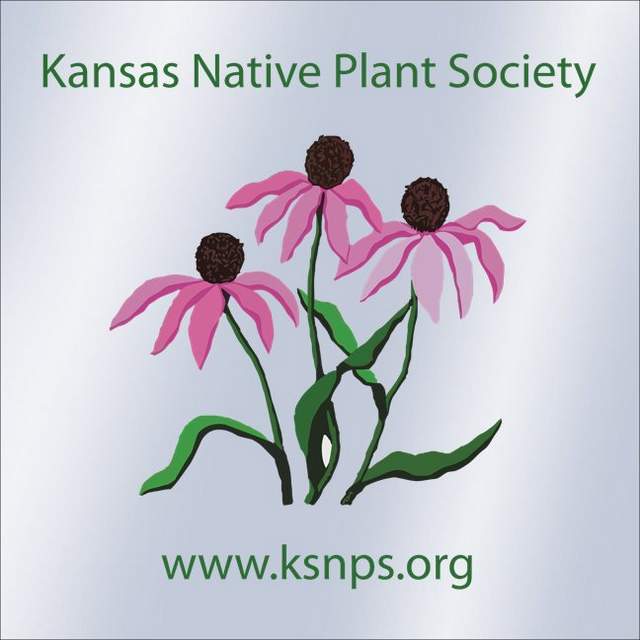 and appreciation of the native plants of Kansas in their habitats and in our landscapes by promoting education, stewardship, and scientific knowledge.
and appreciation of the native plants of Kansas in their habitats and in our landscapes by promoting education, stewardship, and scientific knowledge.
Kansas Ornithological Society – A statewide organization devoted specifically to the study, conservation, and enjoyment of birds. 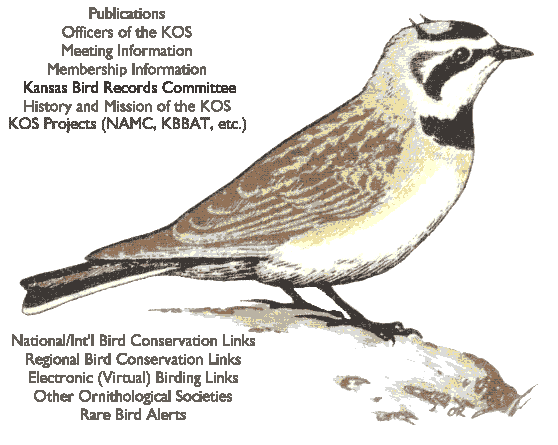 Collectively, the KOS has unrivaled knowledge about the status, distribution, ecology, and identification of the state’s avifauna.
Collectively, the KOS has unrivaled knowledge about the status, distribution, ecology, and identification of the state’s avifauna.
Research
Kansas Biological Survey – A University of Kansas research center of natural sciences research, environmenta l mapping, conservation and education. Scientists work with graduate and undergraduate students, as well as visiting scholars on research covering water, air and soil quality; land use; threatened and endangered species; global change biology; environmental engineering; and aquatic ecology and watersheds.
l mapping, conservation and education. Scientists work with graduate and undergraduate students, as well as visiting scholars on research covering water, air and soil quality; land use; threatened and endangered species; global change biology; environmental engineering; and aquatic ecology and watersheds.
Teacher Groups
Kansas Association of Teachers of Science (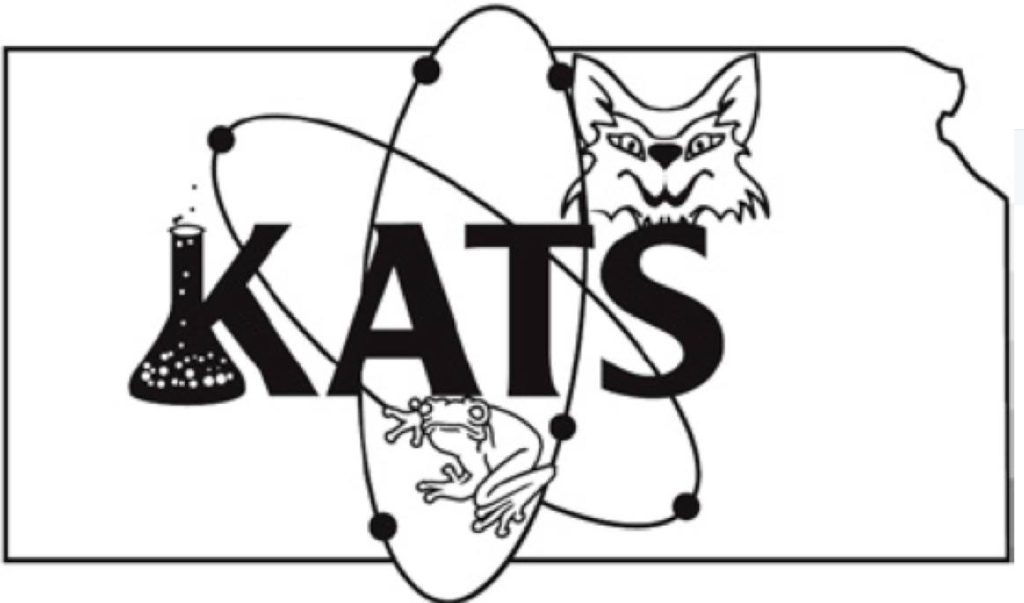 KATS) – KATS shares ideas and techniques for teaching science education to Kansas students.
KATS) – KATS shares ideas and techniques for teaching science education to Kansas students.
Kansas Association of Biology Teachers (KABT) – C urrent and former educators interested in advancing the practice of science teaching within and beyond the borders of the state of Kansas.
urrent and former educators interested in advancing the practice of science teaching within and beyond the borders of the state of Kansas.
Natural Areas
Natural areas rich with flora and fauna can be found around the state featuring prairie and wetland ecosystems. In southwestern Kansas, the Cimmaron National Grassland features shortgrass prairie. Tallgrass prairie is featured in the Flint Hills at Tallgrass Prairie National Preserve. Maxwell Wildlife Refuge features Smoky Hills mixedgrass prairie and herds of bison and elk. Marshes critically important in the Great Plains Flyway include the rare inland salt marshes at Quivira National Wildlife Refuge and Cheyenne Bottoms, the largest interior marsh in the United States.
Now get out there and find and engage with these great environmental education resources in Kansas!

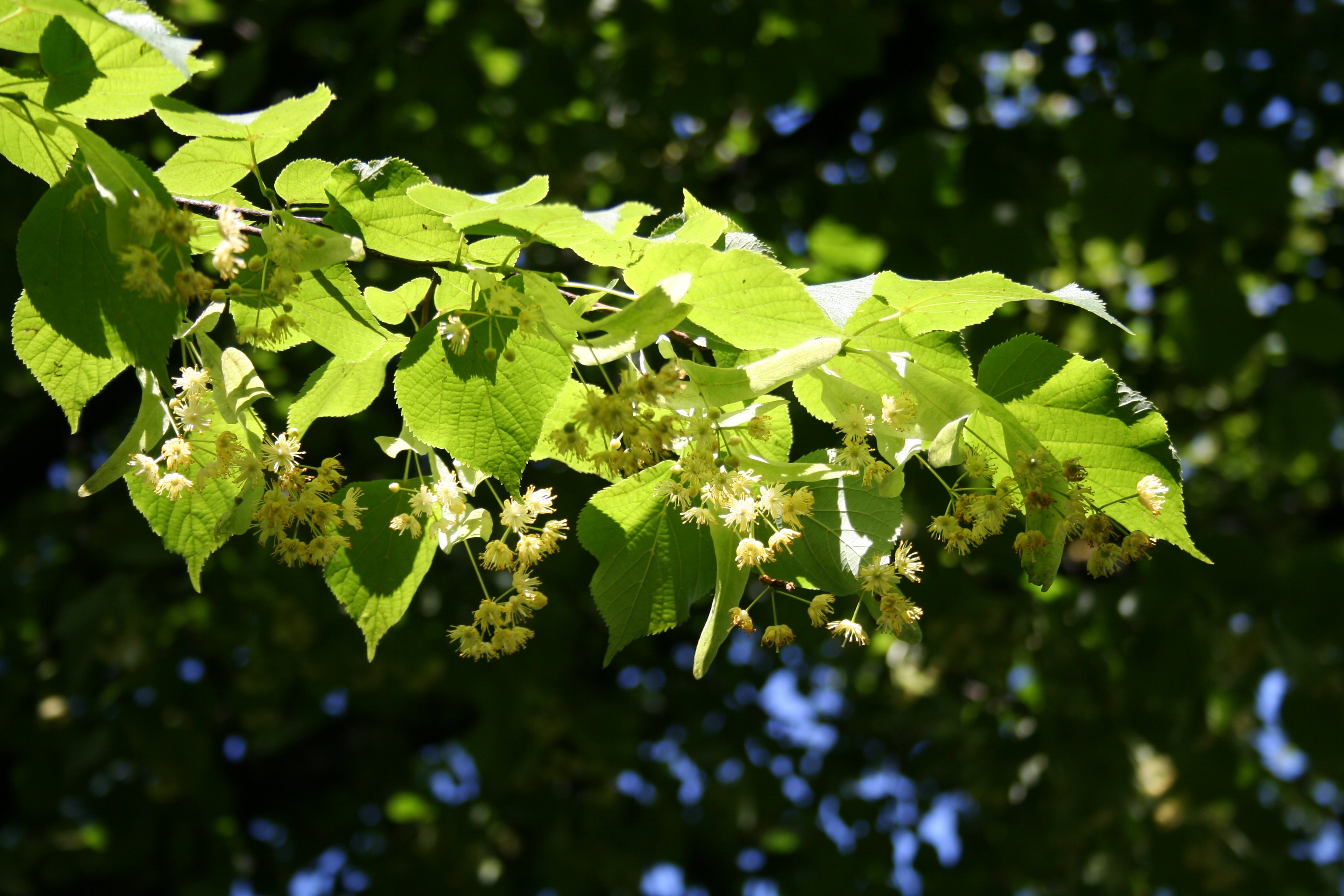


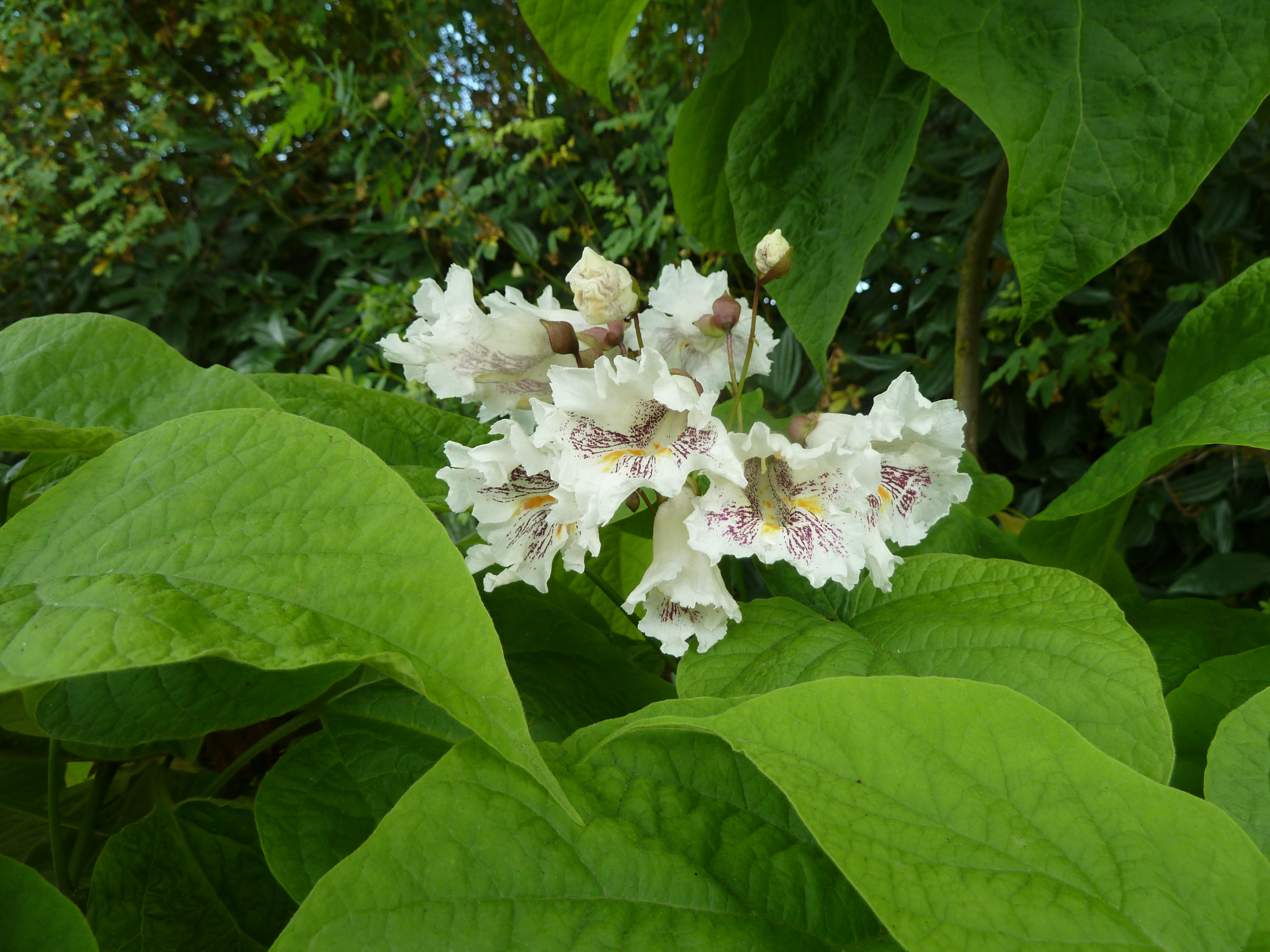
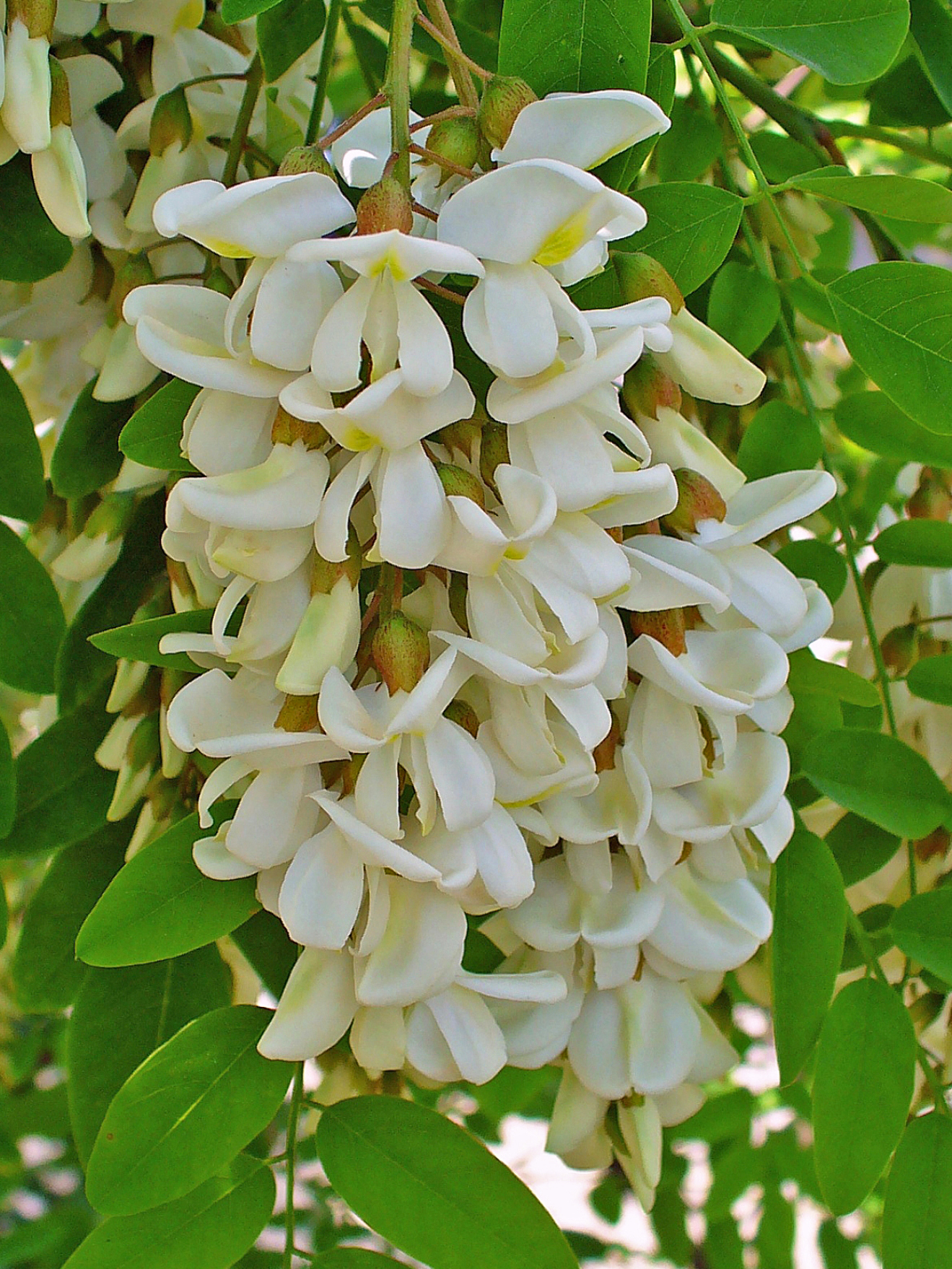
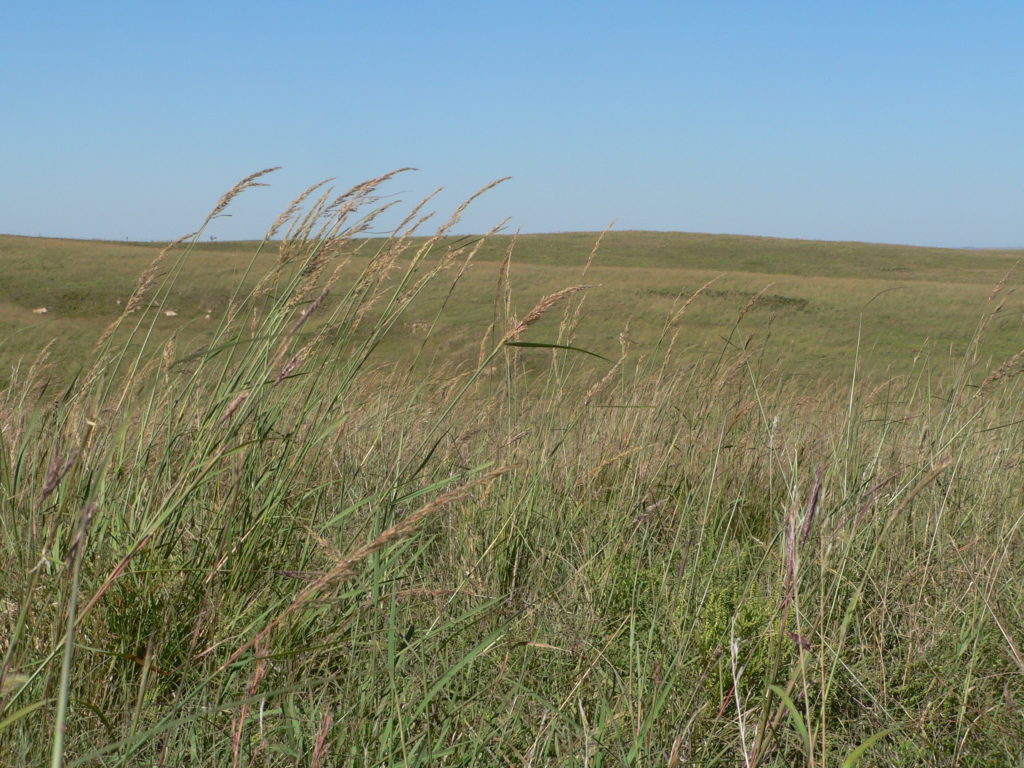
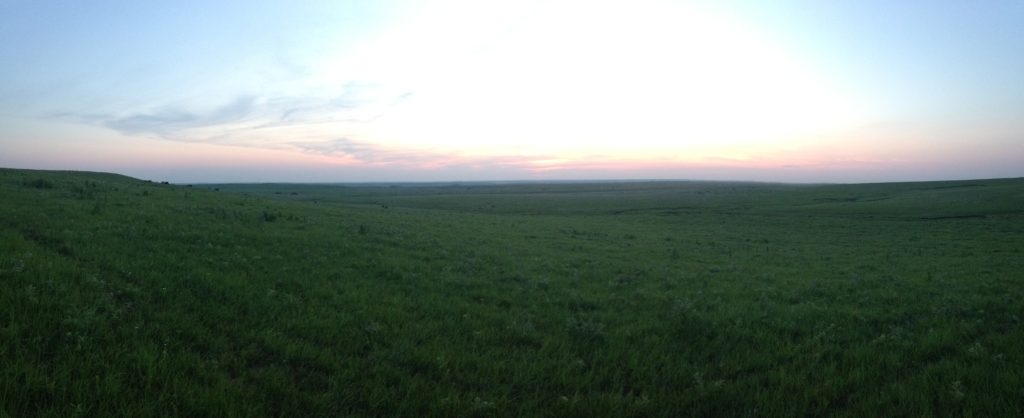

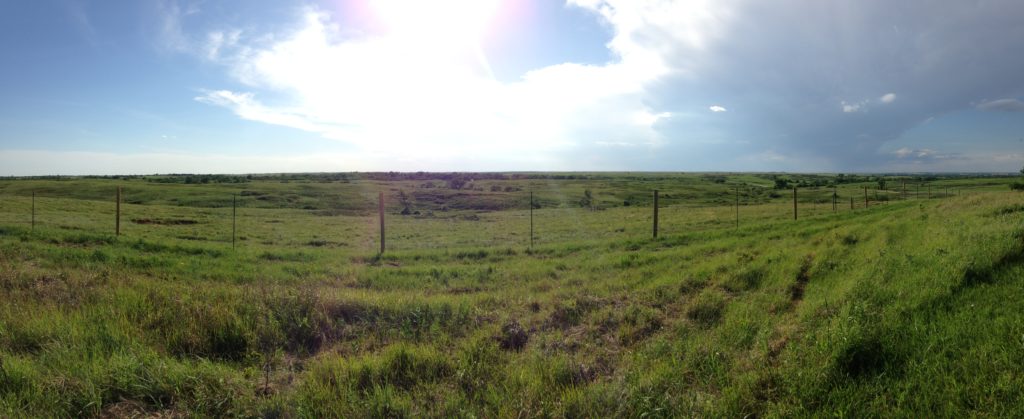
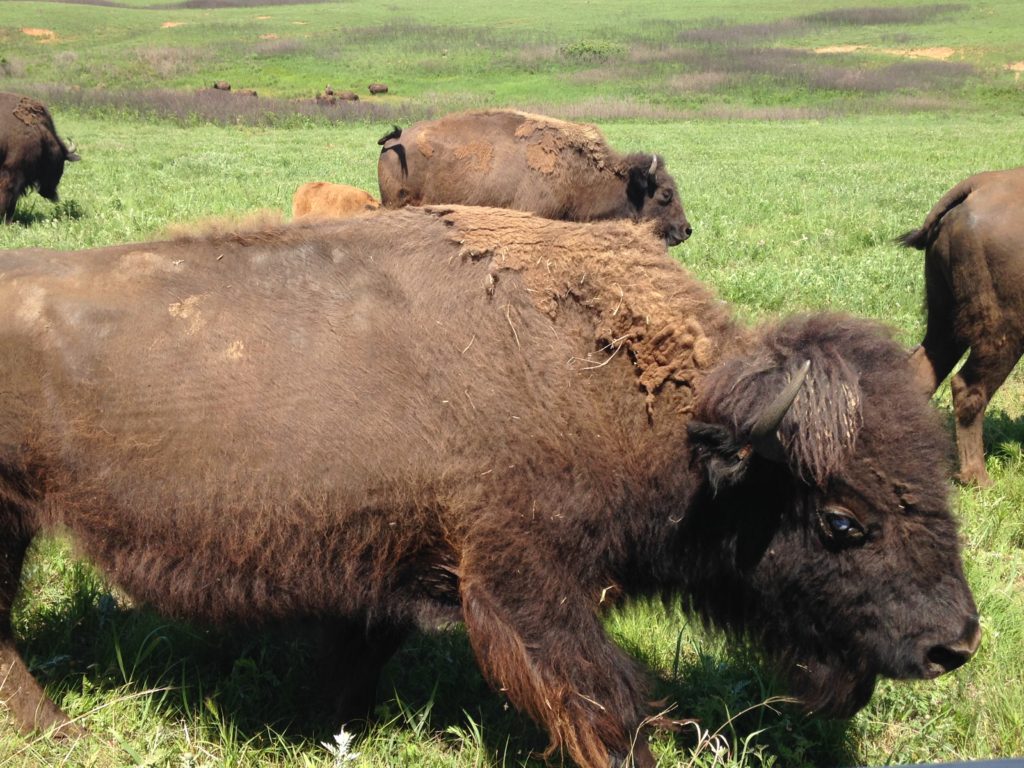

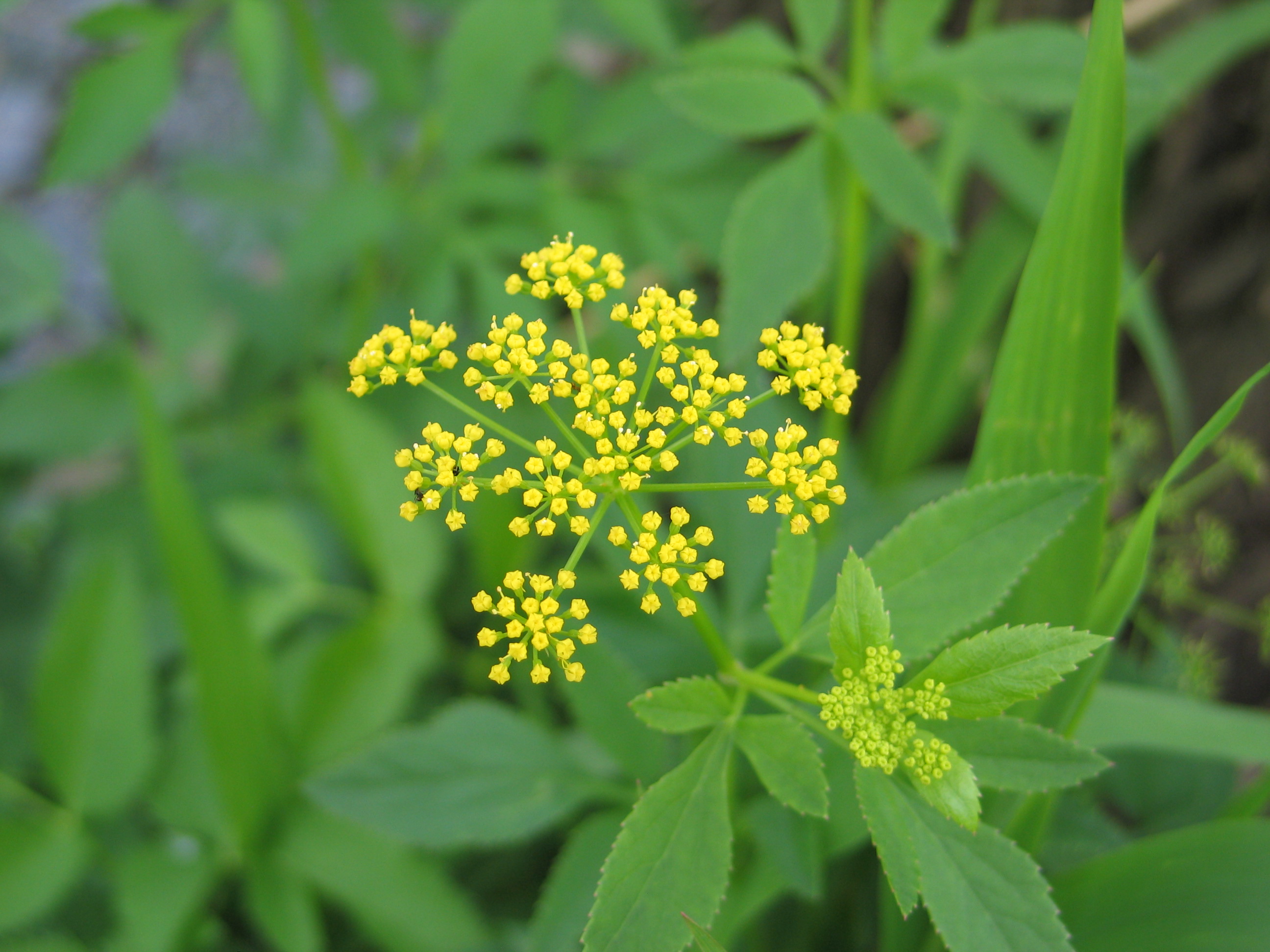
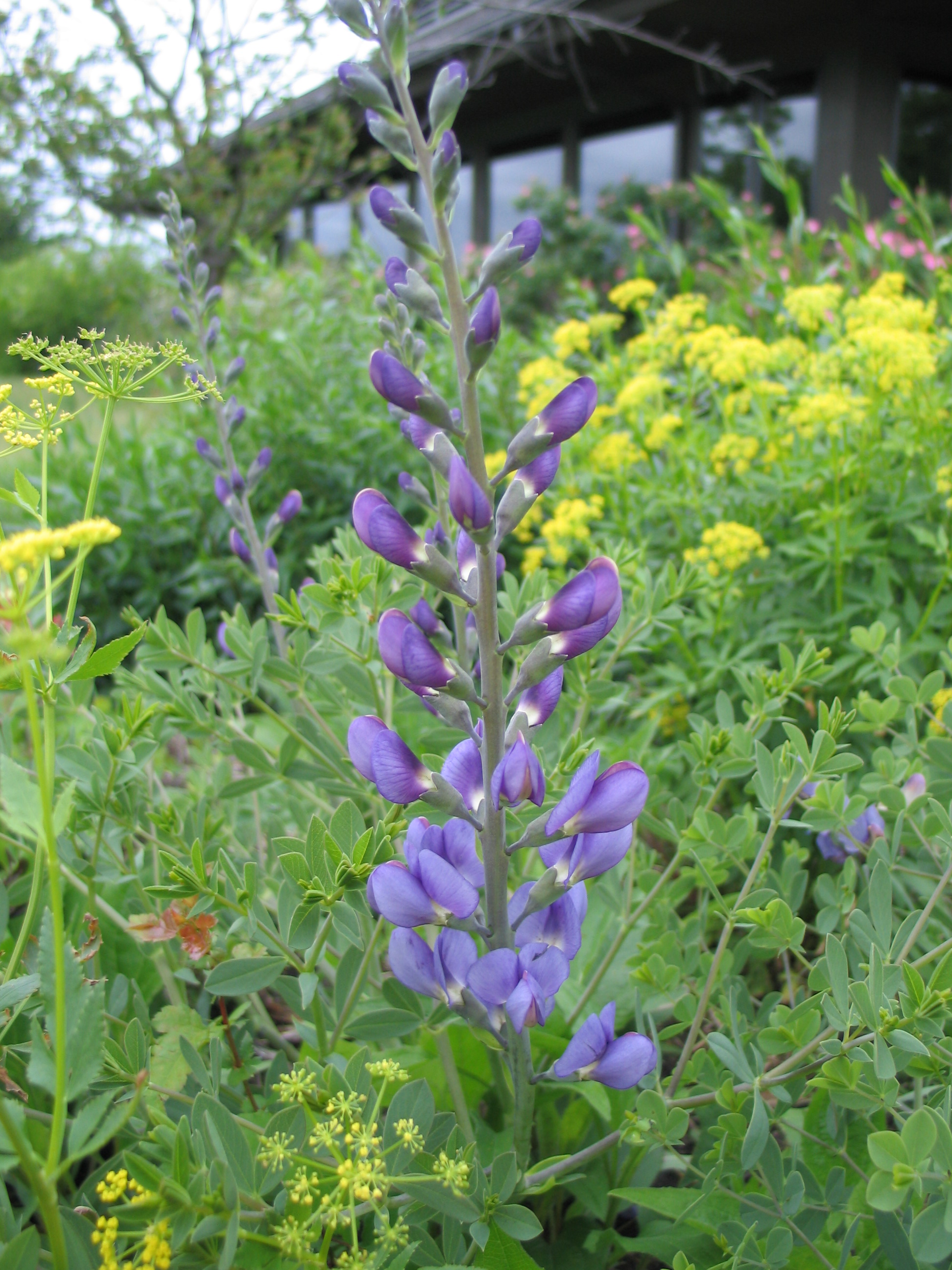




 eum
eum




 n (KACEE) – A statewide non-profit association of many public and private agencies, organizations, businesses and individuals promoting and providing quality, non-biased and science-based environmental education in Kansas for 45 years.
n (KACEE) – A statewide non-profit association of many public and private agencies, organizations, businesses and individuals promoting and providing quality, non-biased and science-based environmental education in Kansas for 45 years.


 ogram
ogram 20 elegant sculptures, flowing streams, fountains and waterfalls that complement the beauty of plants and that create a visually stunning atmosphere. Facility rentals as well as educational, artistic, and cultural experiences are plentiful.
20 elegant sculptures, flowing streams, fountains and waterfalls that complement the beauty of plants and that create a visually stunning atmosphere. Facility rentals as well as educational, artistic, and cultural experiences are plentiful.








